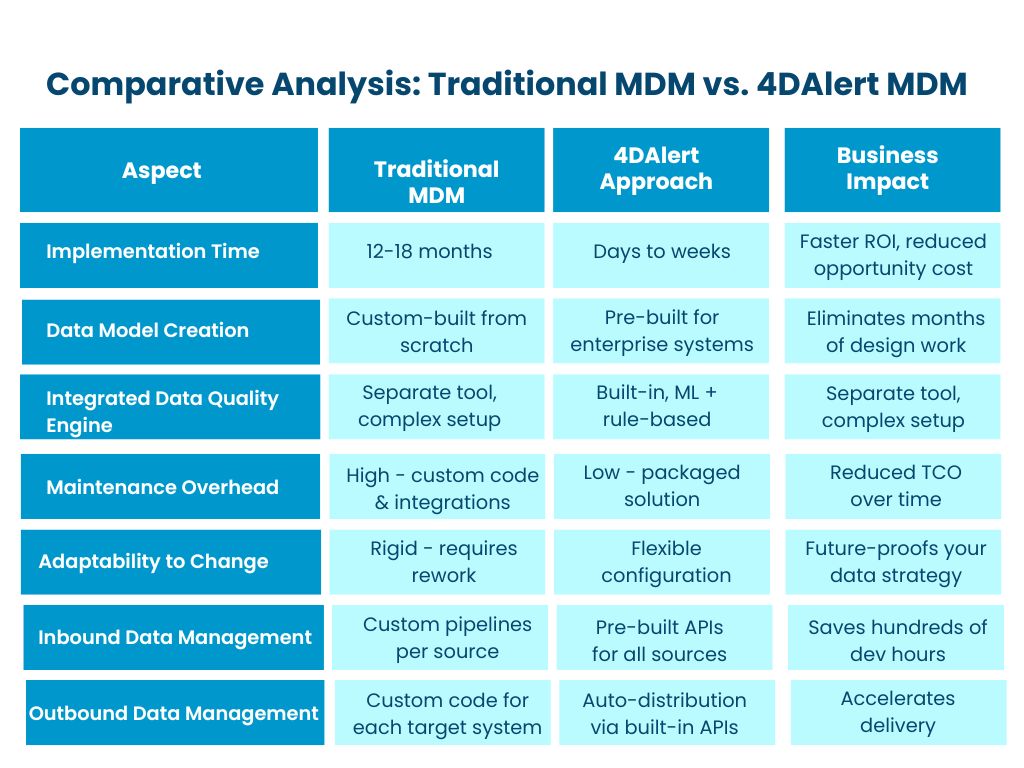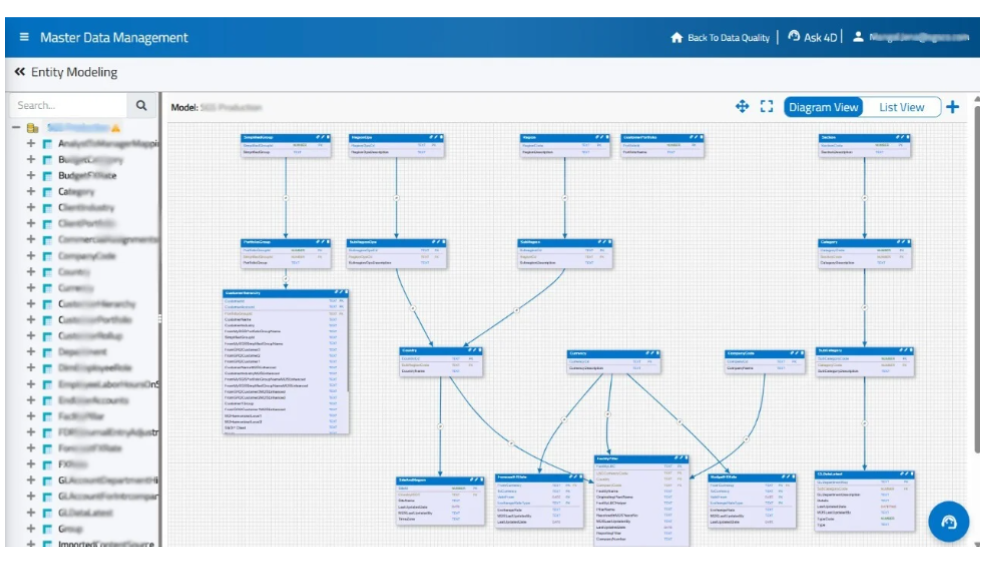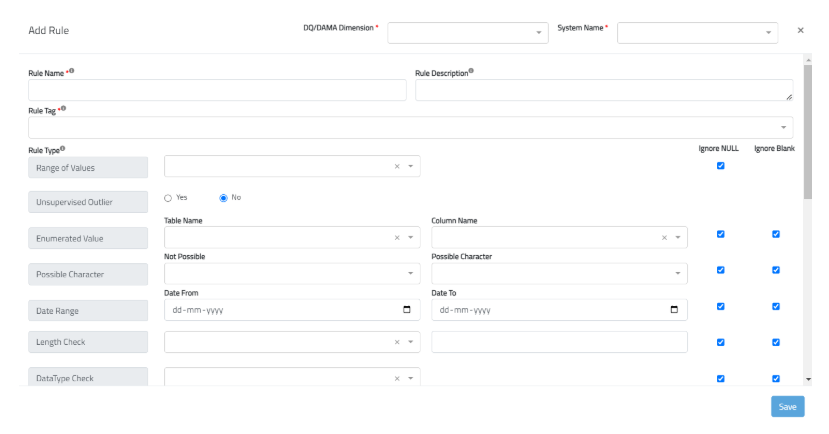Table of Contents
Author

Prachi Sharma
Solution Analyst, 4DAlert
Introduction
Most organizations face harsh realities with Master Data Management: multi-million dollar investments, multi year implementation timelines, and stakeholders who become frustrated long before seeing any value. C-suite executives now accept this pain as inevitable, treating MDM as a necessary but burdensome enterprise cost.
What’s worse, the standard approach involves bringing in armies of costly consultants and system integrators which costs millions in professional services fees. These MDM implementation partners deploy a big implementation team and technical developers, methodologies that overwhelm, and project plans stretching well beyond a year.
But what if conventional wisdom about the master data management system is fundamentally flawed? What if the massive consulting engagements, custom development cycles, higher budget investment and lengthy timelines aren’t actually necessary?
The Painful Reality of Traditional MDM
Lack of pre-built content slows everything down.
Traditional MDM platforms rarely offer pre-built content or accelerators for systems like Salesforce, Microsoft D365, or SAP. That means data models, cleansing rules, and integration logic must all be designed, built, and tested from the ground up—adding months to timelines and millions to budgets.
Budget overruns are almost guaranteed.
What starts as a $500K project routinely balloons to $2–3M before delivering meaningful value. These cost explosions create organizational distrust and skepticism about data initiatives overall—especially when there’s no end-to-end automated data reconciliation in place to catch and correct issues early.
Time-to-value stretches into years.
Despite vendor claims of rapid deployment, most enterprises don’t see production-grade master data for more than a year. By that time, data requirements, source systems, and business priorities have evolved, rendering many of the initial use cases outdated or irrelevant.
Shadow systems emerge as stopgaps.
While centralized MDM solutions remain under development, business units spin up tactical tools—Excel trackers, Access databases, custom scripts—to address immediate needs. These local solutions further fragment the data landscape and introduce conflicting sources of truth.

What Business Leaders Really Want From MDM
When you strip away the technical complexity, business stakeholders want four simple things from MDM:
⦿ Trustworthy data – confidence that customer, product, and supplier information is accurate and complete
⦿ Unified view – elimination of contradictory information across systems
⦿ Operational efficiency – reduction in manual data reconciliation efforts
⦿ Timely implementation – value delivery within current planning cycles, not years later

The Pre-Built Advantage: How 4DAlert Is Re-Defining MDM Implementation Timelines
4DAlert flips the traditional MDM model on its head. Instead of asking teams to build everything from the ground up, it provides a fully configurable, content-rich foundation purpose-built for modern enterprise environments. Whether you’re running Salesforce, Microsoft D365, SAP, or a hybrid of all three, 4DAlert meets you where you are with pre-built assets that dramatically accelerate implementation, reduce technical overhead and provide 80% of the value of the box.

⦿ Pre-built canonical models for key master entities
Out-of-the-box definitions for critical domains—Customer, Product, Supplier, Location, etc.—come ready-mapped to leading platforms like Salesforce, D365, and SAP. These models aren’t just templates; they’re built with real-world use cases in mind. This structured approach aligns with modern MDM architecture patterns.
⦿ Embedded business rules for validation and transformation
4DAlert includes a rich library of configurable rules for cleansing, deduplication, standardization, and enrichment—eliminating the need to hand-code these from scratch. From address normalization to hierarchy mapping, this is where 4DAlert leverages AI in master data management to reduce manual effort.

⦿ No-code, event-driven connectors
Our native integration layer supports real-time and batch syncs across systems without writing custom scripts. Built on a plug-and-play architecture, 4DAlert connectors support both push and pull operations.
⦿ Real-time monitoring and business-facing dashboards
built-in dashboards, users can instantly visualize data readiness, rule exceptions, and reconciliation status—without relying on IT. KPIs like “matching confidence,” “completeness score,” and “entity readiness” help you track the health of your MDM hub over time.

⦿ Configurable, not custom
Unlike traditional systems that require bespoke code for every workflow, 4DAlert uses a declarative engine to orchestrate data pipelines, reconciliation logic, and publishing strategies. It’s a modern take on what a master data management tool does, drastically reducing technical debt and enabling faster adaptation to evolving business needs.
Time for a New Approach
The fundamental premise of master data management hasn’t changed—organizations still need trusted, reconciled master data to run efficiently and make informed decisions. What has changed is how quickly and cost-effectively that vision can be realized.
If you’ve held off on MDM because of budget overruns, endless implementation cycles, or a heavy lift on IT—it’s time to reconsider. With 4DAlert, the barriers that once made MDM slow and resource-intensive have been eliminated. You no longer have to wait 12–18 months to see value. Our pre-built content, no-code connectors, and automated pipelines bring clean, governed master data online in weeks.
Still wondering what master data management and whether it’s worth the investment? The better question is whether you can afford to wait another year while your competitors move ahead with unified, high-quality data across Salesforce, D365, SAP, and beyond.
Talk to a 4DAlert expert and see how quickly you can turn disconnected systems into a trusted, streamlined master data management system—without the long wait or the heavy budget.
Also explore: How Data Quality Fuels Effective Master Data Management—a deeper look into the role of profiling, validation, and observability in modern MDM systems.

